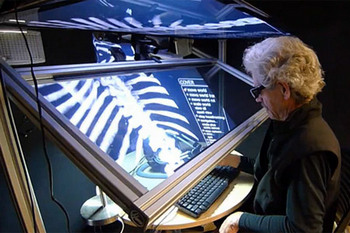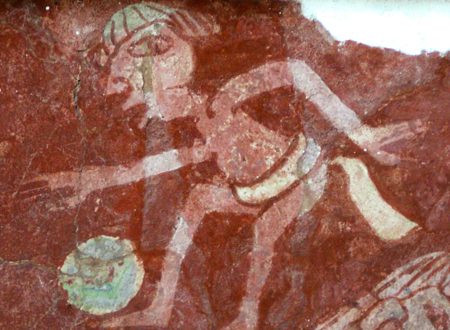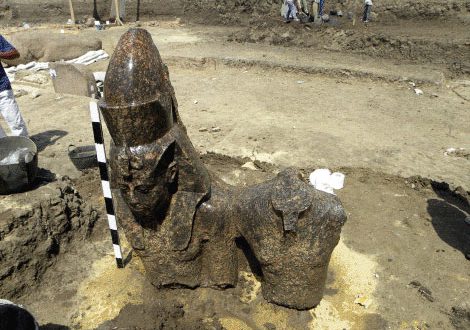 The British Museum has announced that it is lending the Cyrus Cylinder to the National Museum of Iran. Together with two fragments of contemporary cuneiform tablets, it will be the centrepiece of an exhibition that celebrates a great moment in the history of the Middle East.
The British Museum has announced that it is lending the Cyrus Cylinder to the National Museum of Iran. Together with two fragments of contemporary cuneiform tablets, it will be the centrepiece of an exhibition that celebrates a great moment in the history of the Middle East.
The artefact which is described as ‘an ancient declaration of human rights’ by the United Nations was originally due to arrive in Iran in September 2009. At that time, the British Museum cited the ‘political situation’ in post-election Iran as the reason for the delay. In August this year, the loan was once again delayed, prompting Iran’s Cultural Heritage Organisation to declare it would cut all ties with the British Museum.
In a statement released today, the British Museum said that although political relations between Iran and the UK are at the moment difficult, the Cyrus Cylinder will after all be send to Tehran, where it will be on display for four months.
One of the chief tasks of our generation is to build a global community, where peoples of differing ideologies can live together in respect and harmony, said Karen Armstrong, author and commentator on religious affairs and a British Museum Trustee.
At a time of political tension, it is essential to keep as many doors of communication open as possible. We all have much work to do to build a peaceful world. This cultural exchange may make a small but timely contribution towards the creation of better relations between the West and Iran.
In 2004, Neil MacGregor, Director of the British Museum, wrote in ‘The whole world in our hands’ that the Cylinder may indeed be a document of human rights, and clearly linked with the history of Iran, but that it is in no real sense an Iranian document: it is part of a much larger history of the ancient Near East, of Mesopotamian kingship, and of the Jewish diaspora. According to McGregor, it is one of the British Museum’s tasks to resist the narrowing of the object’s meaning and its appropriation to one political agenda.
The two fragments of tablet that will accompany the Cylinder were also found in nineteenth century British Museum excavations in or near Babylon.
These fragments were identified by experts at the Museum earlier this year as being inscribed with parts of the same text as the Cylinder but do not belong to it. They show that the text of the Cylinder was probably a proclamation that was widely distributed across the Persian Empire.
Originally, the Cylinder was inscribed in cuneiform and buried in the foundations of a wall after Cyrus the Great, the Persian Emperor, captured Babylon in 539 BC. It stayed buried there until it wasdiscovered by an excavation team from theBritish Museumin 1879, which brought the ancient document to England. Cyrus’ Cylinder has been in London ever since.
The clay document records that, aided by the god Marduk, Cyrus captured Babylon without a fight. According to Cyrus (this part of the document is written as he himself is speaking)he abolished the labour-service of Babylon’s free population and restored shrines dedicated to Marduk and other gods. He also repatriated deported peoples who had been brought to Babylon; the decree that allowed the Jews to return to Jerusalem and rebuild The Temple.
It is because of these enlightened acts, which were reasonably rare in antiquity (and quite the opposite of Nebuchadnezzar’s behaviour), that the Cylinder has become a symbol of tolerance and respect for different peoples and different faiths.
You could almost say that the Cyrus Cylinder is A History of the Middle East in one object and it is a link to a past which we all share and to a key moment in history that has shaped the world around us, comments MacGregor, referencing the museum’s ‘A History of the World in 100 Objects’ project.
Objects are uniquely able to speak across time and space and this object must be shared as widely as possible, he adds.
It does make you wonder. If this is true, shouldn’t the Elgin Marbles be allowed to have their s(t)ay in Greece?




